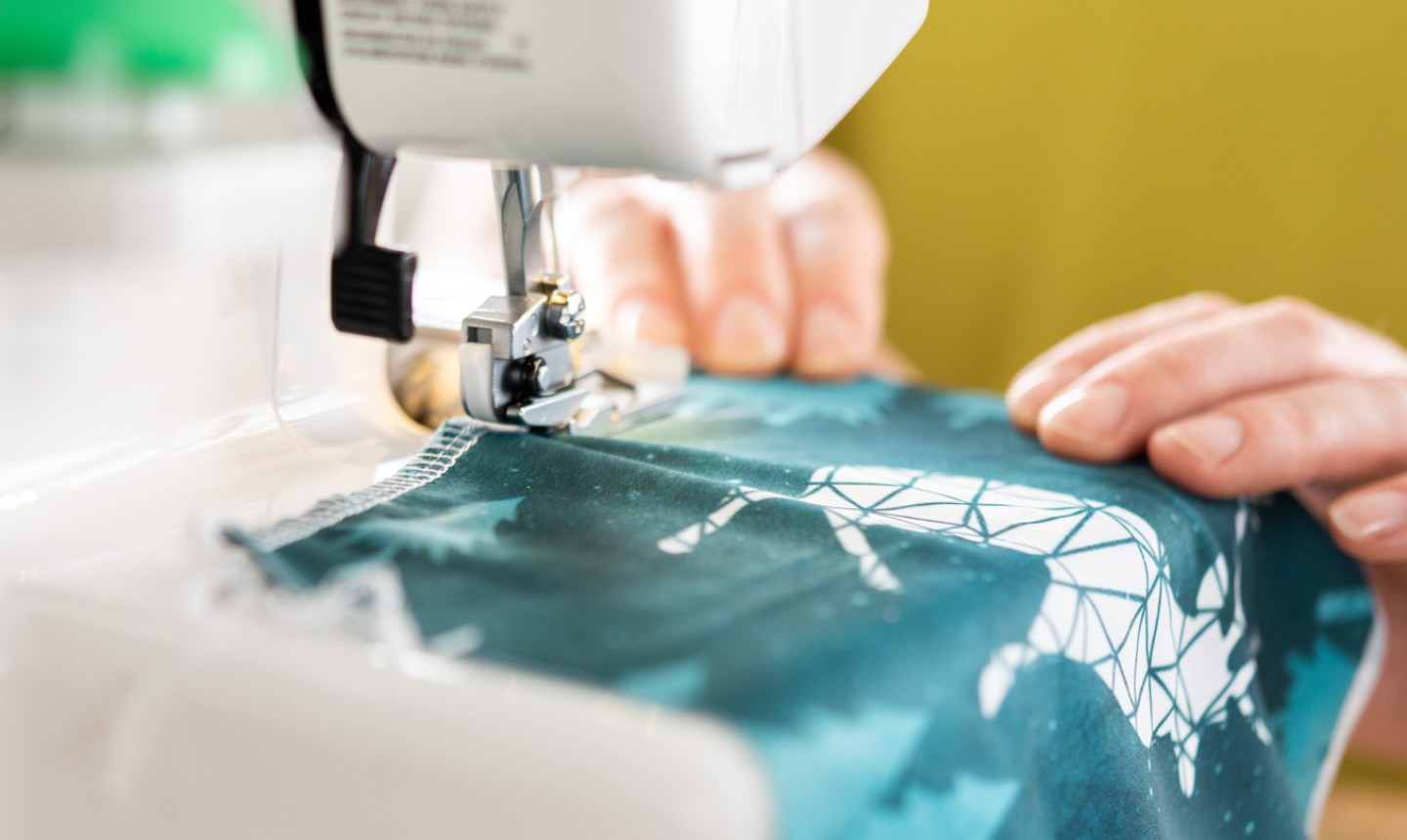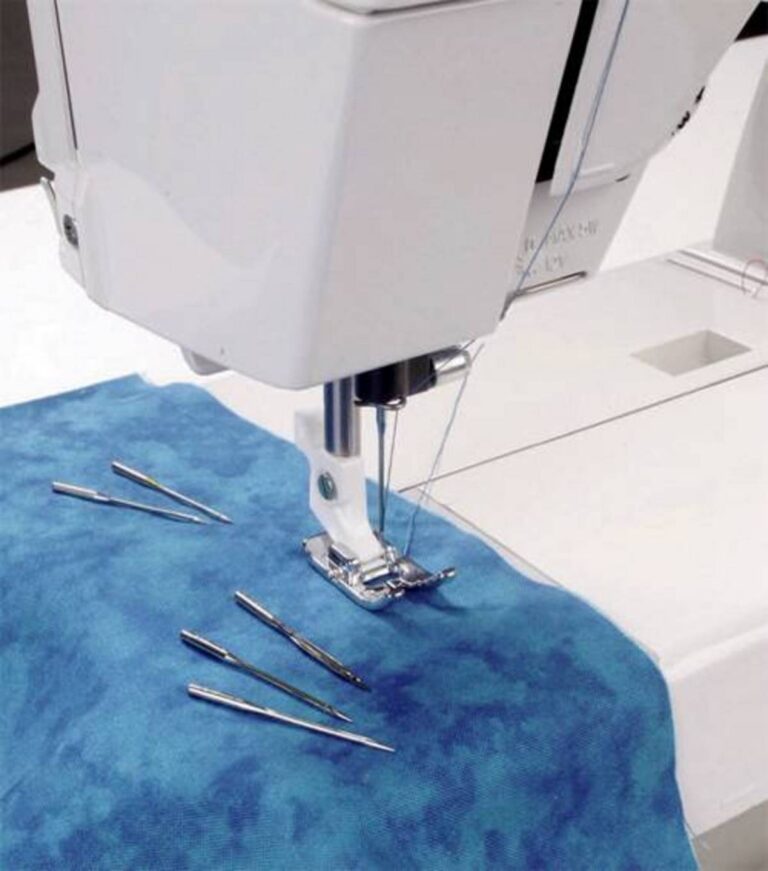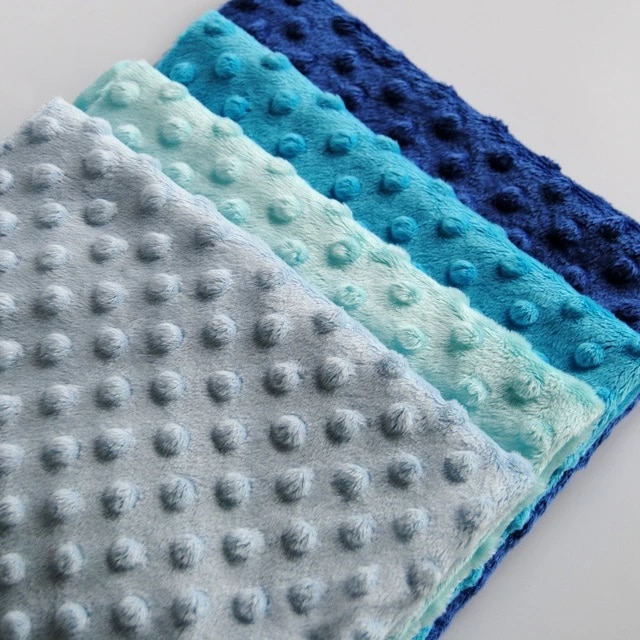The world of sewing machines offers a variety of options to cater to different needs and preferences. Two popular types of sewing machines are computerized and mechanical machines. In this comprehensive article, we will explore the advantages and disadvantages of both computerized and mechanical sewing machines. Understanding the features, functionalities, and limitations of each type can help you make an informed decision when choosing the right sewing machine for your needs. Whether you are a beginner or an experienced sewist, this article will provide valuable insights to assist you in finding the perfect sewing machine that combines convenience, precision, and efficiency for your sewing projects.
1. Introduction: Overview of computerized and mechanical sewing machines
1.1 Definition and functionality of computerized sewing machines
Computerized sewing machines are modern devices that use advanced technology to automate various sewing tasks. These machines have a built-in computer that controls the stitching, allowing for precise and intricate designs. They often come with a digital display and buttons for easy customization of stitch settings.
1.2 Definition and functionality of mechanical sewing machines
Mechanical sewing machines, on the other hand, are traditional machines that operate purely through mechanical means. They rely on manual controls like dials, levers, and knobs to adjust the stitching settings. These machines have been around for a long time and are known for their simplicity and reliability.
2. Advantages of computerized sewing machines
2.1 Precision and accuracy
One of the greatest advantages of computerized sewing machines is their ability to offer precise and accurate stitching. The computerized control system ensures that each stitch is consistent and evenly spaced, resulting in professional-looking finished products.
2.2 Automated features for efficiency
Computerized machines come with a range of automated features that make sewing more efficient. These include automatic needle threading, thread cutting, and bobbin winding. These time-saving functions allow you to focus more on your creative process and less on manual tasks.
2.3 Variety of stitching options
With a computerized sewing machine, you have access to a wide range of stitching options. These machines often come pre-loaded with multiple stitch patterns, buttonhole styles, and decorative designs. Some models even allow you to download additional patterns online, expanding your creative possibilities.
2.4 Easy to use and learn
Computerized sewing machines may sound high-tech, but they are actually quite user-friendly. The digital display and intuitive controls make it easy for beginners to learn and navigate through the different settings. Additionally, many computerized machines offer helpful features like built-in tutorials and guides.
3. Disadvantages of computerized sewing machines
3.1 Higher initial cost
One drawback of computerized sewing machines is their higher initial cost compared to mechanical machines. The advanced technology and additional features come with a price tag. However, if you’re a serious sewer or need advanced functions, the investment may be worth it in the long run.
3.2 Dependency on electricity and technology
Computerized machines rely on electricity to operate, which means they are not suitable for situations where power is limited or unavailable. Additionally, their dependency on technology means that any malfunction or software issue could affect their functionality. Being reliant on electricity and technology can be a downside in certain situations.
3.3 Complexity of maintenance and repairs
Another disadvantage is that computerized sewing machines can be more complex to maintain and repair. If something goes wrong with the computerized control system, it may require professional assistance to fix. Mechanical machines, on the other hand, are often easier to troubleshoot and repair with basic sewing machine knowledge.
4. Advantages of mechanical sewing machines
4.1 Durability and longevity
Mechanical sewing machines are known for their durability and longevity. With fewer electronic components, these machines are less prone to technical failures. They can withstand heavy use and have a reputation for lasting for many years, making them a reliable choice for long-term sewing projects.
4.2 Cost-effective option
If you’re looking for a more budget-friendly sewing machine, mechanical machines are a great option. They generally have a lower price point compared to their computerized counterparts. This makes them an attractive choice for beginners or sewers who don’t require advanced features and prefer a more straightforward approach.
4.3 Simplicity of operation
Mechanical sewing machines offer a simplicity that appeals to many sewers. They have straightforward controls and don’t require any technical knowledge or computer skills. These machines are often praised for their ease of use, making them accessible to sewers of all skill levels.
In conclusion, both computerized and mechanical sewing machines have their pros and cons. Computerized machines offer precision, automation, variety, and user-friendly features, but come with a higher initial cost and dependency on electricity and technology. Mechanical machines, on the other hand, are durable, cost-effective, and easy to operate, at the expense of some advanced features and potential repairs. Consider your sewing needs, budget, and personal preferences to make the best choice for your sewing projects.
5. Disadvantages of mechanical sewing machines
5.1 Limited stitch options
While mechanical sewing machines are reliable workhorses, they often come with a limited number of stitch options. So if you’re a budding fashionista looking to experiment with intricate decorative stitches, you might find yourself a little disappointed. It’s like being stuck with basic cable when you want access to the full range of channels!
5.2 Manual adjustments and settings
With mechanical sewing machines, you need to get your hands dirty (figuratively, of course) and manually adjust settings like stitch length and width. It’s like trying to find the perfect temperature on an old-school shower knob – you’ll spend more time tweaking and fiddling than actually sewing. Talk about a workout for your fingers!
5.3 Slower speed and less automation
If speed is your need, mechanical sewing machines might leave you wanting more. They tend to be slower and have less automation compared to their computerized counterparts. It’s like being stuck driving an old clunker while your friends zoom by in sleek sports cars. Where’s the turbo boost when you need it?
6. Comparison: Computerized vs. mechanical sewing machines
6.1 Performance and stitch quality
When it comes to performance and stitch quality, computerized sewing machines take the cake. They offer precise and consistent stitches, like a virtuoso pianist hitting all the right notes. Mechanical machines, on the other hand, might hit a few sour ones now and then. We can’t all be Mozart, right?
6.2 Versatility and range of projects
Computerized sewing machines are the MacGyvers of the sewing world. They come armed with a wide range of stitches, embroidery options, and programmable settings, making them perfect for tackling any project that comes your way. Mechanical machines, on the other hand, are a bit like a one-trick pony – reliable, but not as versatile.
6.3 Cost-effectiveness and long-term investment
If you’re counting your pennies, mechanical sewing machines might be your friend. They tend to be more budget-friendly and require fewer expensive repairs or software updates. It’s like skipping the fancy latte and sticking to your trusty cup of joe. Sometimes, simplicity is the best way to save those hard-earned dollars.
7. Factors to consider when choosing between computerized and mechanical sewing machines
7.1 Sewing experience and skill level
Your sewing experience and skill level should definitely play a role in your decision-making process. If you’re a beginner, a mechanical sewing machine might be a good starting point to hone your skills. However, if you’re an experienced stitcher with dreams of embroidery grandeur, a computerized machine might be your dream come true.
7.2 Sewing goals and types of projects
Consider your sewing goals and the types of projects you’ll be tackling. If you’re content with basic garment construction and repairs, a mechanical sewing machine will serve you well. But if you have aspirations of creating intricate quilts, personalized garments, or detailed embroidery, a computerized machine will be your partner in crime.
7.3 Budget and affordability
While it’s tempting to splurge on the latest and greatest machine, your budget should keep you grounded (unfortunately, no sewing pun intended). Consider how much you’re willing to invest in your new sewing companion and factor in the long-term costs of maintenance, accessories, and potential software updates. It’s all about balancing your sewing dreams with fiscal responsibility.
7.4 Personal preferences and technological comfort
Lastly, don’t forget about your personal preferences and technological comfort. Some of us are old souls who love the nostalgic clickety-clack of a mechanical machine. Others embrace new technology with open arms, ready to explore all the digital wonders of a computerized machine. Whichever camp you fall into, choose the machine that speaks to your heart (and sewing style).
8. Conclusion: Making the right choice for your sewing needs
Choosing between a computerized and mechanical sewing machine ultimately boils down to your specific needs and preferences. If you value versatility, automation, and precise stitches, a computerized machine might be your sewing soulmate. However, if you prefer simplicity, budget-friendliness, and a reliable workhorse, a mechanical machine will be your faithful companion. Remember, it’s not about finding the “better” machine, but the one that fits your style and makes your sewing journey a joyful one. Happy sewing!
8. Conclusion: Making the right choice for your sewing needs
In conclusion, the choice between a computerized and a mechanical sewing machine ultimately depends on your individual preferences, sewing goals, and budget. Computerized machines offer advanced features, automation, and versatility, ideal for those seeking precision and convenience. On the other hand, mechanical machines provide simplicity, durability, and cost-effectiveness, making them a reliable choice for those who value traditional sewing techniques and long-term investments. By considering factors such as your skill level, project requirements, and personal preferences, you can make an informed decision that aligns with your sewing needs. Regardless of your choice, both computerized and mechanical sewing machines have their merits, allowing you to embark on exciting and fulfilling sewing journeys. Happy sewing!
FAQ
1. Are computerized sewing machines suitable for beginners?
Computerized sewing machines are generally beginner-friendly due to their user-friendly interfaces and automated features. They offer built-in stitches, easy stitch selection, and helpful guides to assist beginners in learning and practicing different sewing techniques. However, it is important to consider your comfort level with technology and the learning curve associated with operating a computerized machine.
2. Can mechanical sewing machines handle complex sewing projects?
While mechanical sewing machines may have limitations in terms of the number of stitch options and automated features, they can still handle a wide range of sewing projects. Mechanical machines are known for their durability, reliability, and simplicity, making them suitable for various sewing tasks, including garment construction, basic alterations, and home decor projects.
3. Do computerized sewing machines require regular maintenance?
Computerized sewing machines do require regular maintenance to ensure optimal performance. This includes cleaning the machine, oiling specific parts, and occasionally calibrating the machine’s sensors. It is important to refer to the manufacturer’s instructions and schedule periodic maintenance to keep your computerized sewing machine in good working condition.
4. Can you use computerized sewing machines without electricity?
Most computerized sewing machines require electricity to power their advanced features, LCD screens, and automated functions. However, some models may have battery or foot pedal options for basic stitching even in the absence of electricity. It is advisable to check the specifications of the specific computerized machine you are interested in to determine its power requirements.
Related Posts
Discover relevant articles, tutorials, and tips to improve your skills and explore new techniques.
Stay inspired and connected to our embroidery community.






